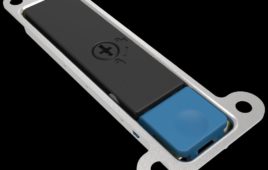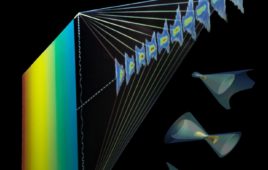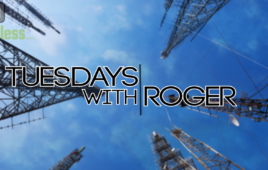The Federal Communications Commission on Thursday began the process of establishing rules governing spectrum above 95 GHz for the first time.
Those bands, the agency said, are considered the “outermost horizon of the usable spectrum range” and are currently regulated only for amateur or experimental use, but new radio technology developments could enable “productive use” of those bands in the future.
The approved order will seek comment on making 102.2 GHz of spectrum available for licensed point-to-point services. The licenses would be granted on a nationwide, non-exclusive basis, with individual point-to-point links registering with a database manager.
Point-to-point links, the agency said, could transmit at significantly higher data rates than operations at lower frequency bands.
“We’re glad that the FCC continues to look for high-, mid- and low-band spectrum opportunities to drive U.S. wireless leadership in 5G and meet consumer demand,” Scott Bergmann of wireless industry group CTIA said in a statement. “We look forward to helping the FCC develop a record on how these spectrum bands can play a role in the next generation of wireless networks.”
The order would also explore setting aside 15.2 GHz of spectrum for unlicensed devices — which could share spectrum in large numbers due to “high atmospheric absorption of radio waves in these bands” — as well as extending licenses and allowing license transfers for experimental users between 95 GHz and 3 THz.
The agency also resolved the remaining petitions to reconsider its order establishing the Mobility Fund II auction at Thursday’s meeting.
Filed Under: Telecommunications (spectrums)




